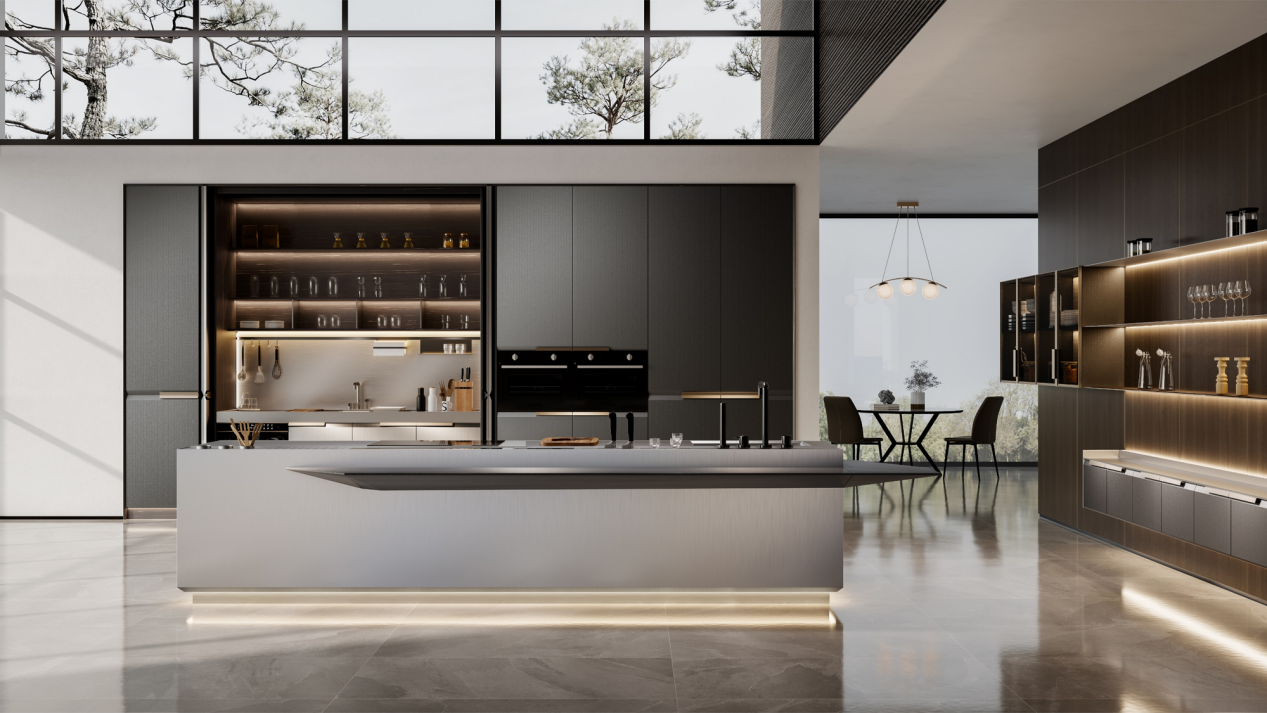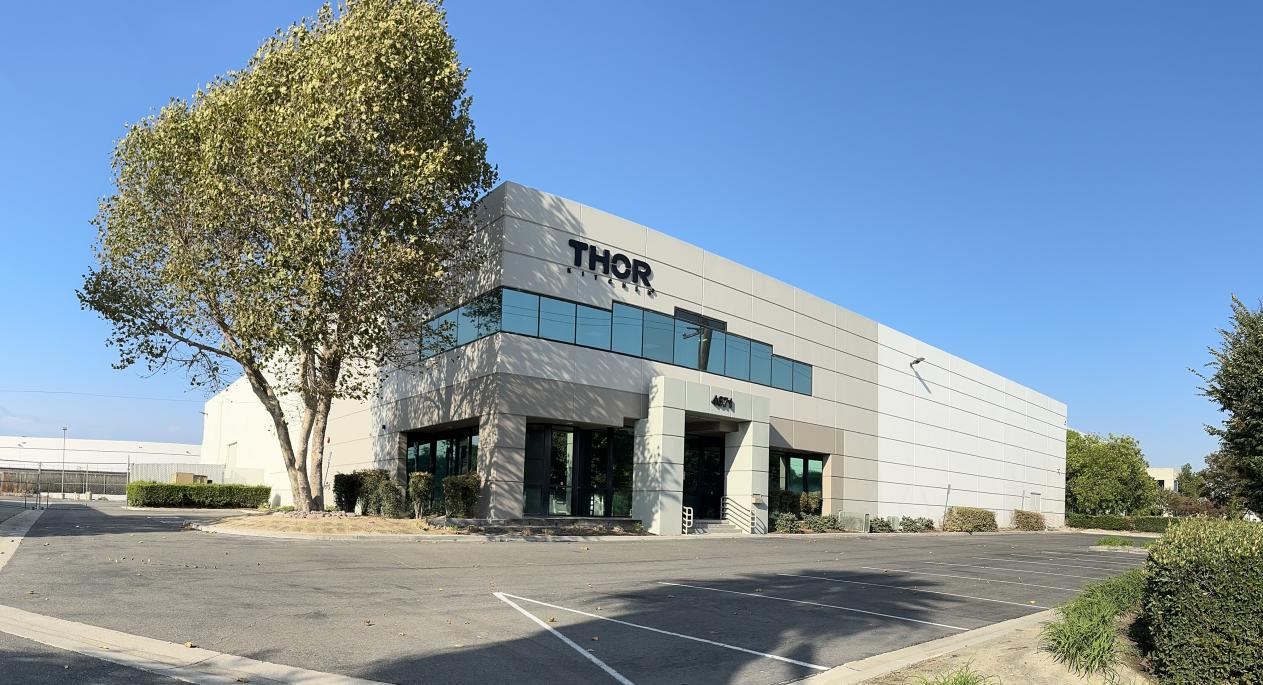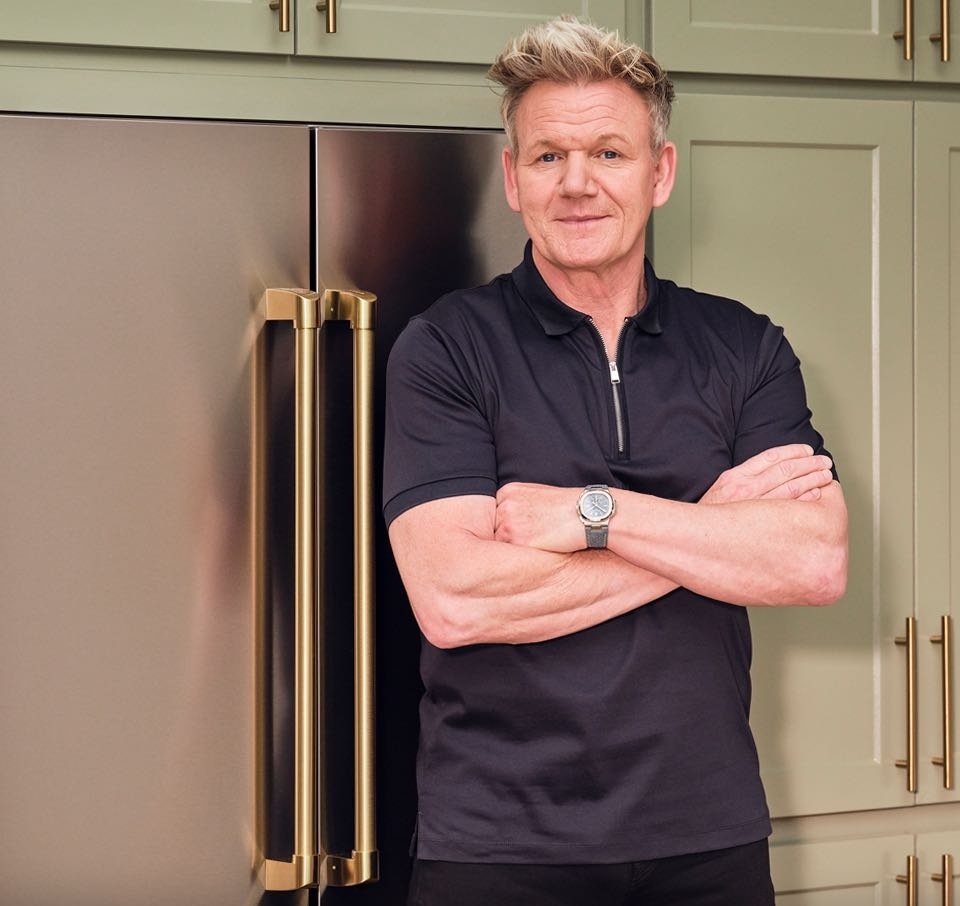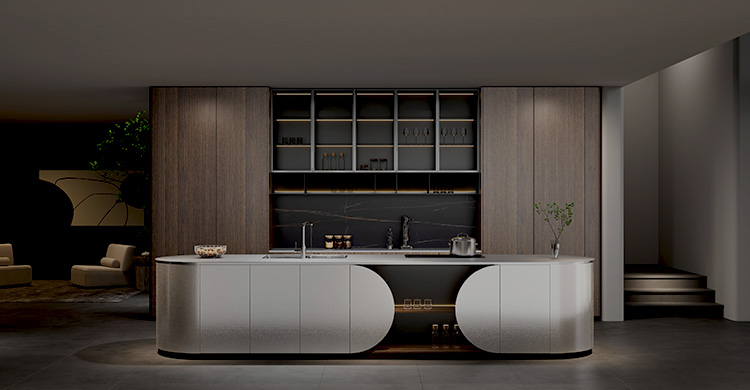The discovery of fire transformed food into cuisine, turning cooking into more than just a means of sustenance—it became a vital channel for family communication.
The kitchen holds far greater value for families and society than its mere function as a cooking space. It is not only the source of basic survival needs but also a crucial setting for emotional exchange, family gatherings, and cultural heritage.
"The world’s myriad cuisines are but a bowl of human warmth." The worries of the day fade away with a comforting bowl of soup at home and a few lighthearted words with family. "Eating well" reflects many Chinese people’s yearning for a better life, while the evolution of cookware and tableware mirrors the changing ways people connect across generations.
In the 1960s and 70s, families crowded into shared apartments, often using communal kitchens. Peeking into each other’s pots and exchanging small talk, neighbors bonded in steam-filled hallways. By the 80s and 90s, private kitchens became common, but coal stoves remained the centerpiece. Range hoods were rare, and children returning from school would help their parents replace coal briquettes. Families huddled around the stove in winter, savoring a warm pot of meatball and cabbage stew.
After the 21st century, cooking tools proliferated—from large appliances like steam ovens and dishwashers to smaller gadgets like blenders, bread makers, and air fryers, not to mention the endless array of pots and pans cramming kitchens. Yet, as kitchens grew more equipped, the laughter and chatter within them dwindled, and family connections weakened.
On one hand, the pressures of work and life leave little time for cooking. The hassle of prep and cleanup makes takeout the easier choice. On the other hand, when cooking itself feels like a chore, there’s little energy left for conversation, and family members often retreat into their phones.
If families are the smallest units of society, then the kitchen is the microcosm of family life. Every corner of the kitchen bears traces of life and layers of emotion. The knife marks on the cutting board, the clatter of pots and pans, the aroma wafting from the oven—these small, authentic moments form the most cherished memories and an eternal sanctuary in our hearts.
So, how can we make cooking more enjoyable? How can we turn a chore into a creative act and restore the kitchen’s lively warmth?
Turning Cooking into a Creative Act
The tedium and mess of cooking deter many. A typical scene unfolds like this:
In a modest 8-square-meter kitchen, after tightly packed prep work, the sizzle of stir-frying erupts, accompanied by the roar of the range hood at full blast. The idea of inviting a child to join—asking about their day while teaching life skills—is abandoned amid the grease and noise. Everything seems normal, except for the missing spark of joy.
After the meal, another battle begins. Even with a dishwasher, leftovers must be cleared, followed by scrubbing the stove, range hood, and countertops. Then comes the discovery of moldy silicone sealant around the sink—another daunting task.
According to the 2024 China Kitchen Trends Report by the Chinese Academy of Social Sciences, cooking and dining together at home are regarded as key activities for family bonding. However, 88.2% of respondents expressed strong demand for kitchen upgrades, with concerns about smoke, noise, and safety holding them back.
Precisely because cooking is challenging, both the industry and consumers have sought ways to make it simpler, eco-friendly, and fun. Stainless steel kitchen appliances and cabinetry have emerged as a standout solution—and this is where THOR excels.
Stainless steel is not only moisture-resistant and antibacterial, meeting eco-friendly standards, but its easy-to-clean and durable nature also simplifies post-cooking cleanup. Moreover, 304 food-grade stainless steel ensures food safety.
Yet, modern consumers demand kitchens that are both functional and stylish. As a symbol of lifestyle, can an all-stainless-steel kitchen avoid feeling like a commercial kitchen?

"Today’s stainless steel is far from the ‘cold’ many imagine," explains Mr. Yang Jinghui, founder of THOR. "Our advanced techniques allow for rich surface treatments, such as combining wood grain or glass textures, adapting to various interior styles."
THOR holds nearly 300 patents globally, with a 100-person R&D team. Innovations in stainless steel finishes—enamel, ion spraying, thermal transfer, jade-cloud crystal, and more—offer diverse colors, styles, and functions for customized solutions.
Stainless steel cabinetry is just THOR’s entry point. The brand’s vision extends to bathroom vanities, balcony storage, wardrobes, and integrated wall-cabinet systems, building a high-quality, whole-house stainless steel customization ecosystem.
Another trend in home design is smart technology. On this, Mr. Yang shares his perspective: "Smart’ is a means, not an end. The kitchen must remain human-centric."
"Smart homes aren’t about Bluetooth, Wi-Fi, or voice control—they’re about efficiency without intrusion. For example, our gas stove automatically triggers the range hood; after turning off, the hood delays shutting down. Or our dishwasher periodically activates drying mode to keep tableware dry. True smart solutions address real pain points, regardless of how advanced the tech is."
The "Returnee" Approach
THOR’s ability to stand out in the crowded kitchen appliance market with its stainless steel "subtraction" strategy stems from its overseas roots.

Unlike brands that expand abroad after domestic success, THOR first made its mark overseas before entering China in 2021. The choice to start in Europe and the U.S. was deliberate: THOR wanted to learn in the most competitive markets to accelerate its growth.
The first challenge abroad was navigating varying technical standards across regions. THOR responded by building smart manufacturing bases and professional labs. Today, its facilities in China and Thailand integrate world-class equipment—German Wagner electrostatic enamel lines, Swiss Gema喷涂 systems, Japanese Amada presses, Yaskawa welding robots, laser cutters, seamless edge banding, and CNC benders—ensuring top-tier product quality.
THOR is now advancing toward Industry 4.0, with Phase 1 featuring three automated production lines, a digital control platform, and smart terminals monitoring equipment efficiency, product quality, order completeness, and delivery timelines.
This infrastructure has earned THOR certifications like U.S. UL, Canadian CSA, European CE, CB, and China’s CNAS. Overcoming these hurdles also honed THOR’s expertise, leading to its unique (cabinet-appliance integration) advantage.
In China, THOR has doubled down on understanding local preferences. For younger consumers prioritizing smart features, THOR offers human-centered cooking hubs. For multi-generational families focused on material safety, it insists on food-grade stainless steel.
A Michelin Kitchen at Home
Even the finest wine needs visibility. How does this "returnee" showcase THOR’s strengths?

In the culinary world, Gordon Ramsay is a gold standard. A three-Michelin-star chef with six awards, 30 restaurants, and a global fanbase, he popularized dishes like Beef Wellington through shows like Hell’s Kitchen.
Ramsay’s exacting standards extend to tools: "Quality cookware is the foundation of great cooking." His recent partnership with THOR—including upcoming co-branded products—validates the brand’s excellence and introduces it to food lovers worldwide.
Mr. Yang notes THOR and Ramsay share a philosophy: "We aim to make cooking fun, bringing families together over meals for happier lives."
For families, the kitchen is more than a functional space—it’s a haven. THOR bridges this sentiment with Michelin-chef-approved products, ensuring its "aroma" reaches far and wide.
Epilogue
A well-designed kitchen can foster family connection. In a fast-paced era, THOR’s mission is to encourage slowing down—offering thoughtful details that reignite the joy of cooking and the warmth of home. This is THOR’s vision.




